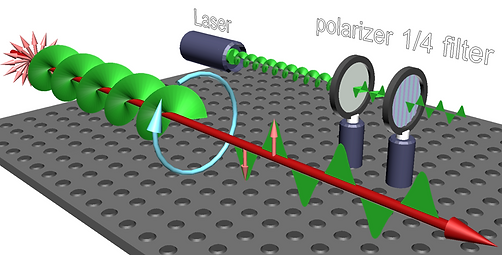OPTOELECTRONIC ENERGY MATERIAL INTEGRATION AND CONVERSION LAB



To solve the problems of energy risk and environmental pollutions, energy conversion devices are utilized to convert solar light energy to electricity and generate hydrogen gases. From some powerful journals and research works, hydrogen gases have high energy density and the potential to replace fossil fuels. In our research works, we put our attention on finding suitable materials for use in high performance water splitting devices. We also do research on band gap and energy level of hetero junctions for determining the mechanism of charge transfer and hydrogen generation.

Artificial intelligence is a powerful and smart method to solve the problems in our life. In our research work, the idea of combining artificial neural networks with genetic algorithms can find the mathematical function of feature parameters after the initial input data undergo millions of evolutions. A high performance water splitting device with 9% solar to hydrogen efficiency is prepared by artificial intelligent selected combination.




Polaron is an oxide state that exists on some surfaces of metal oxide semiconductor materials. With the interactive redox reaction processing induced by metal ions and oxygen vacancy, the charge mobility is raised. With polarization light irradiation and spin-orbital coupling, spintronic is excited, which can be further applied in the spintronic injection systems and quantum devices.

To rise the performance is light activated devices, surface plasmon resonance is utilized to transfer the light energy by resonance mechanism. With different shapes, dielectric constant and particle sizes of metallic nanoparticles, resonance positions are well modulated, which are used in energy conversion devices, biosensors and hot electron transition devices. Here, we will do the research on optomechatronics integrating devices.